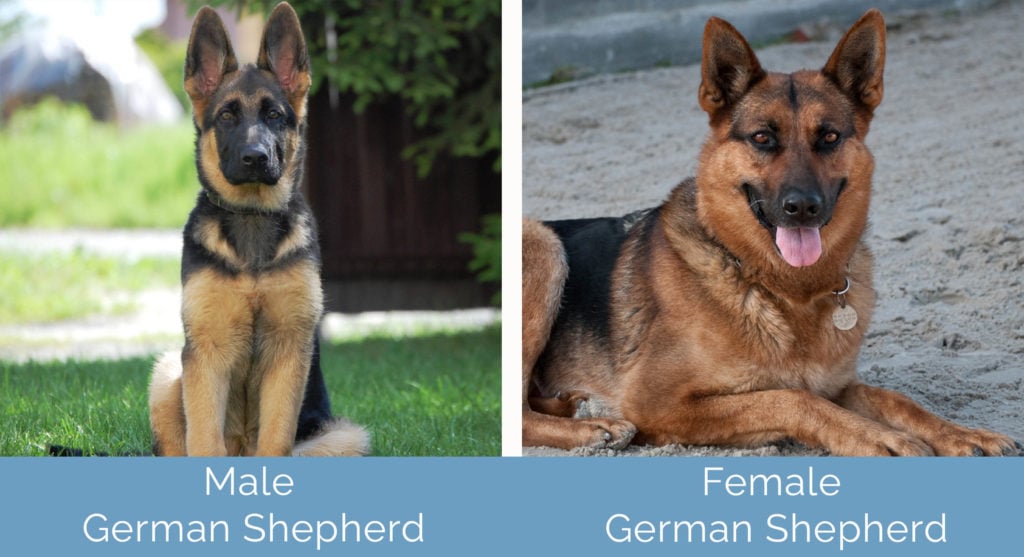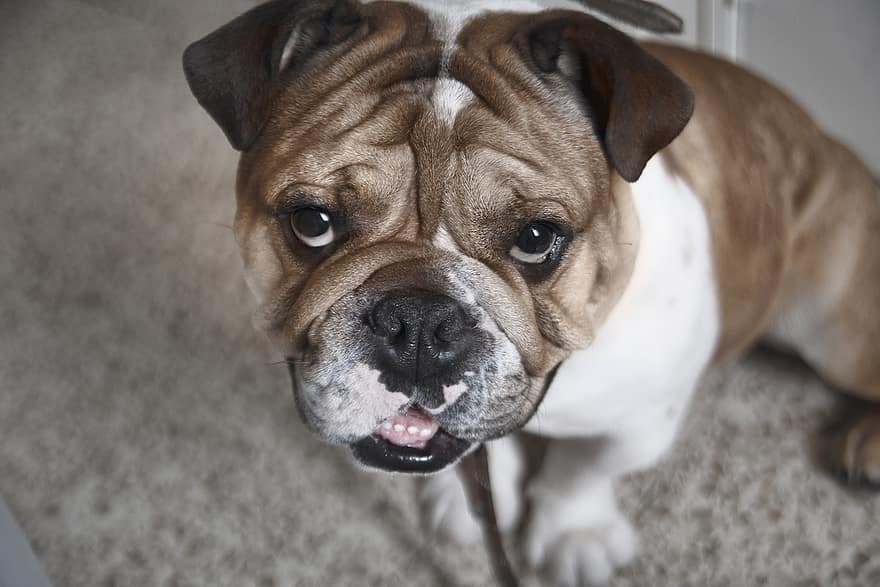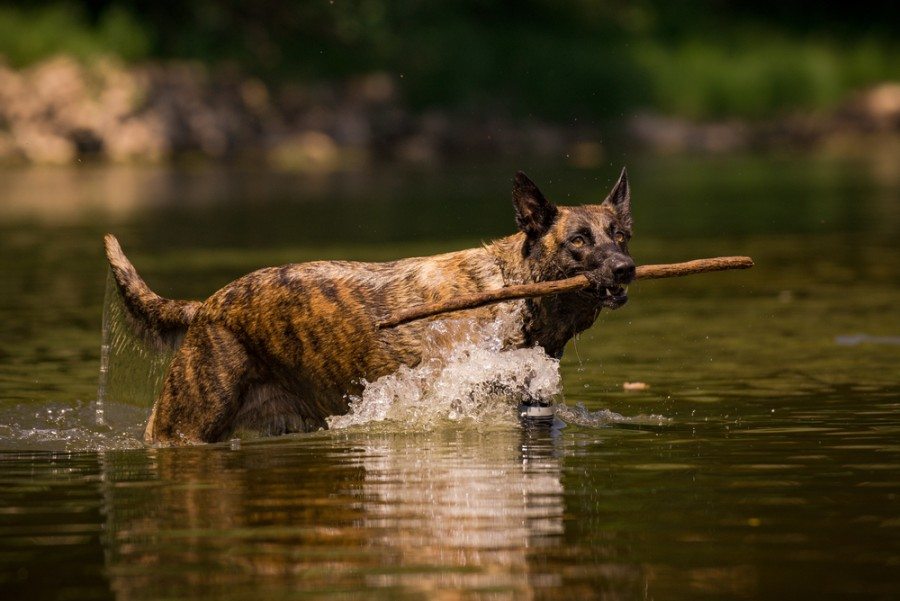Male vs Female German Shepherds: What’s the Difference (With Pictures)

Updated on
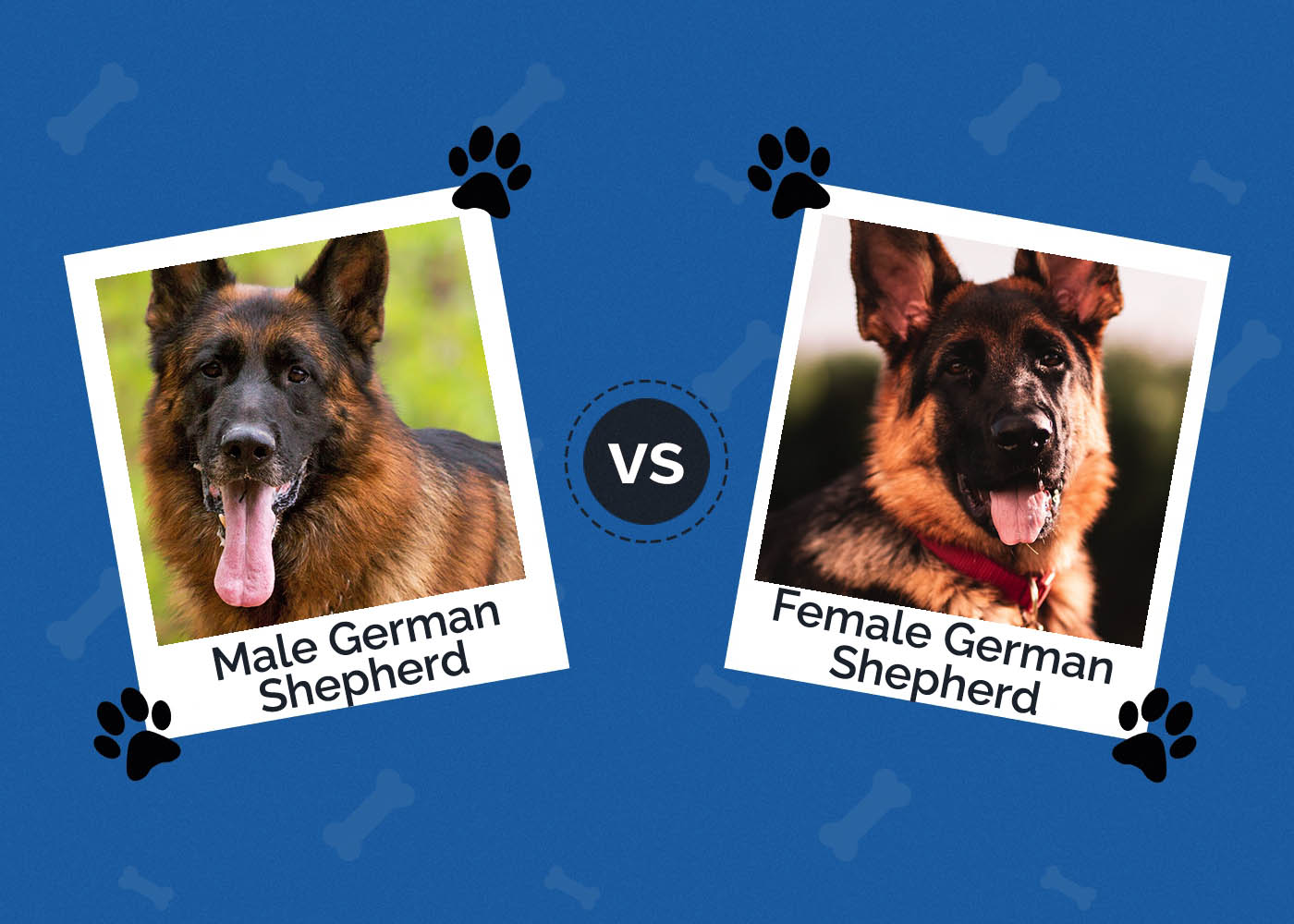
A German Shepherd (or GSD), is a great dog to have in the family. They are loyal, protective, loving, and ready to play. If you are thinking about adopting one of these pups, there are many considerations you need to keep in mind. For example, this is not a breed that will do well in urban areas or small apartments. They need a lot of exercise and movement to live a happy and healthy life. This pooch is also a heavy shedder because of their double coat. Sensitivities to animal dander and other allergies may make this breed a poor choice for a companion.
Beyond the basic characteristics of the breed in general, you’ll also need to give thought to the gender of the GSD you would like to join your family. Male and female German Shepherds have different traits and can require different care.
Although each pooch is an individual and there is never a hard and fast rule for each gender personality, we have shared the most important traits of each sex to help you determine which one is right for you.
Visual Differences
Male German Shepherds are typically larger than females. Males also often have bulkier muscles, whereas females are somewhat sleeker. Of course, every dog is different, so you could end up with a large female or a smaller male!
A Quick Overview of the Differences
- Average Height (adult): 24-28 inches
- Average Weight (adult): 75-95 pounds
- Lifespan: 9-11 years
- Exercise: 1+ hours/day
- Family-friendly: Often
- Dog-friendly: Often
- Trainability: Excellent, highly intelligent
- Average Height (adult): 23-26 inches
- Average Weight (adult): 65-95 pounds
- Lifespan: 9-11 years
- Exercise: 1+ hours/day
- Family-friendly: Yes
- Dog-friendly: Often
- Trainability: Excellent, highly intelligent
The Pros and Cons of Both Genders
When looking at the difference between the two sexes, there is a lot of information to consider. To help with that, we thought it would be beneficial to provide a pros and cons list for both the female and male German Shepherd.
Male German Shepherds
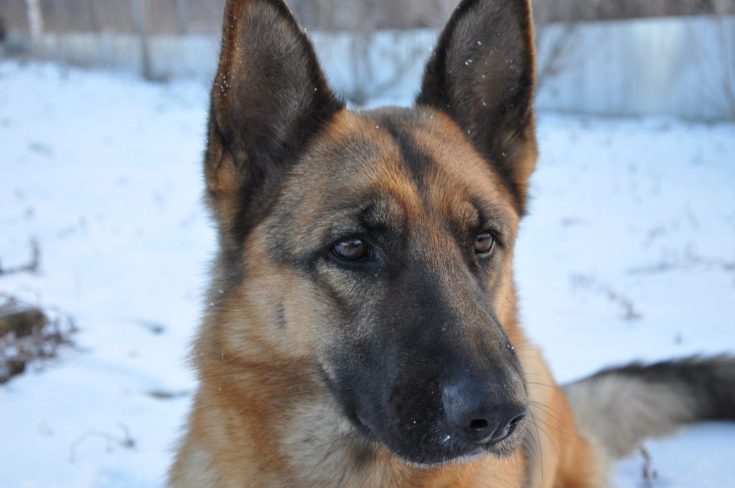
- Protective of territory
- Fiercely loyal to one person
- Friendly
- Better at guard dog positions
- Guide dog
- Can babysit kids
- Can be dominant
- Harder to train
- More aggressive towards strangers
Female German Shepherds
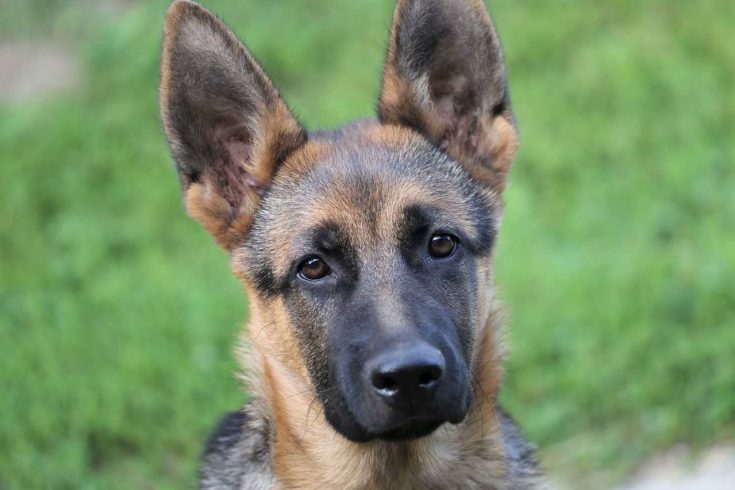
- Sweet-natured and calm
- Easier to train
- Not as dominant
- Better with children
- Equal family love
- Excels at sporting competitions and agility contests
- Can be moody
- Cool temperament
- Can be aloof
Temperament and Personality
Male and female GSDs have different personality traits. Although both are loyal, protective, and friendly, there are some other areas you should be aware of with this breed. Let’s look at the male first.
Male Personality

The male personality is a complex thing. He is a very protective pup over his family, and he can test the boundaries of the dominant position in the household. Males need to be trained and brought up from puppies with a firm yet kind hand. If not, he will run roughshod over your home, and he will not respect or respond to commands.
Your GSD boy, although loving and protective, is more likely to attach himself to one person in the family. This is usually the one who has asserted themselves as the dominant leader, and the person who feeds and spends the most quality time with them.
The male GSD can be more aggressive and proud than females. They are very territorial and possessive of their owners. Although they are good family dogs, males can push around kids and be a little rambunctious. That being said, they are still loyal and protective of kids and will act as a babysitter if they feel the children are up to no good.
Female personality
Unlike the male, a girl GSD is more gentle and friendly, in general. She is also more apt to be protective and attached to the entire family versus just one person. As her nature is typically more laid back, your German Shepherd is also not going to be as hard to handle as the male counterparts.
Besides dominance, a female is easier to train and can tolerate other dogs and people more easily. Although still fiercely protective, she is not as possessive and will not mark her territory like the male. Overall, your GSD girl is sweeter. They are not aggressive unless protecting their families. Also, the female can have some coolness to her nature, but that is typically determined by the individual pooch.
Training and Care
The training and overall care of these dogs require a solid commitment from their owners. They are active, playful, and intelligent animals that need stimulation to be happy and healthy. Again, though, the male and female can vary in their needs
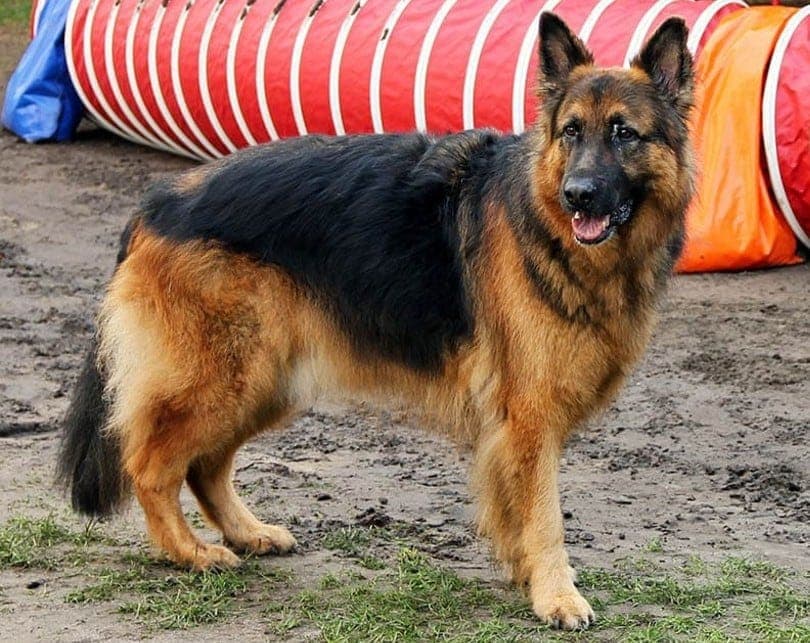
Exercise
As mentioned, both of these genders are energetic dogs, and they will require a good deal of exercise. Male and female German Shepherds need daily moderate to high activity or they can become unruly. If the excess energy is allowed to build up, they can bark, chew, pace, and generally find ways to show their displeasure.
With that being said, a male GSD is more likely to be destructive when not properly exercised. They have less tolerance for being left alone, although both sexes do not do well with an extended absence from the family. Also, as the male tends to bond with one family member, they can become more agitated when that person is gone for longer periods, even if the other family members are present.
Training
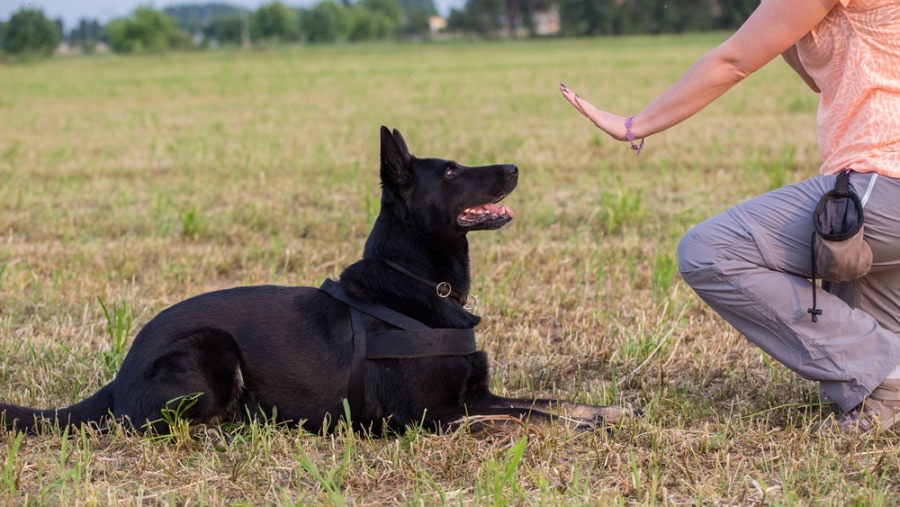
Both male and female GSDs are extremely intelligent and can be trained to perform numerous commands and jobs. That being said, the male German Shepherd is harder to train, as they will compete for the dominant position. A young start and a firm hand are required.
On one hand, the GSD boy pup is more likely to be used as a guard dog, watchdog, or protector. They are also trained in activities such as herding, police support, and guides for the disabled. Overall, they will take longer to train, yet once it is done, they are very obedient.
Girls, on the other hand, are much easier to train. Their calm and cool temperament allows them to focus their intelligence on the sequence that will make you happy without needing to focus on pushing for dominance.
Although girls are not used as guard dogs or police dogs as often, they are still capable of these activities. That being said, the female GSD is a favorite for agility contests, sporting events, and even babysitting the kids.
Grooming
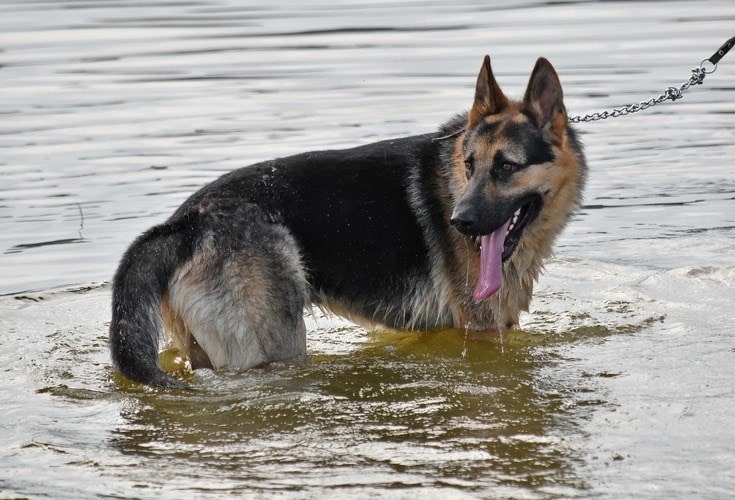
When it comes to coat care, both German Shepherd sexes are pretty equal. Their fur can differ in color, texture, and length, but overall, they have a thick, double coat with soft and shiny fur that will need to be brushed a few times a week.
Brushing is not only important to keep their coats healthy, but it will reduce the amount of shedding. GSD’s shed considerably, so a little pruning can go a long way. Also, neither gender is a fan of bathtime, nor is it recommended. Unless they have become filthy, bathing will strip the oils from their fur, so it is not the best idea.
Diet
The last consideration in this area is food and diet. Both males and females should be fed a healthy and nutritious diet twice a day. You should note, however, that males are larger than females and will require more food.
Appearance of the Male and Female German Shepherds
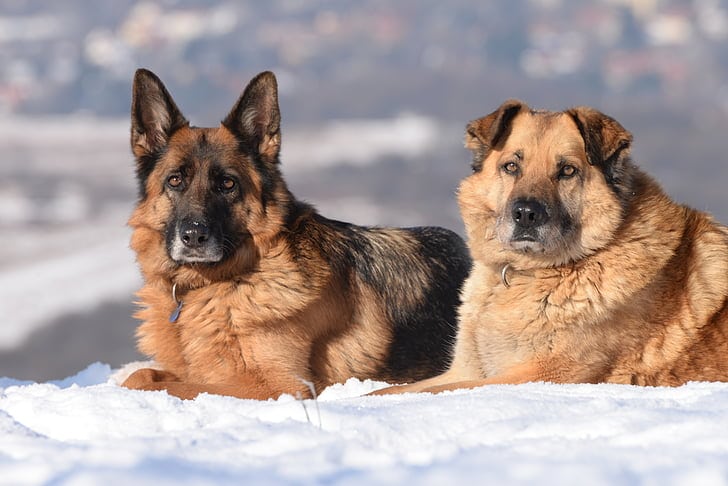
The appearance of your German Shepherd, whether male or female, can vary depending on their parents. They can range from several different colors, have different fur lengths, and can have different features.
Overall, however, the male GSD is going to be a good deal larger than the female. They also tend to be more lean and lanky, although both genders are typically taller pups. Your male pooch can range in height from 24 to 28 inches and weigh anywhere from 75 to 95 pounds.
Females are lighter and smaller than their male halves. They can also be broader in stature. A female GSD will range in height from 23 to 26 inches. Interestingly, though, their weight range is the same as males, so they can reach up to 95 pounds.
Health
Common canine health concerns will affect the male and female GSD equally. Both genders should have regular vet visits to make sure they are kept in good health. They should also have their teeth checked regularly for signs of excess plaque and tartar build-up.
Beyond that, both sexes have their own health concerns, plus they share some that are more common to their breed. Let’s look at the female first.
Female German Shepherd Health Risks
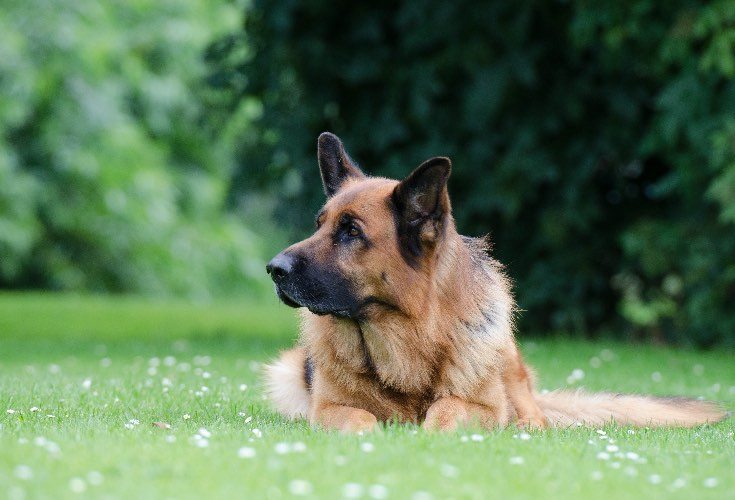
Females are susceptible to specific health risks if they are not spayed. Not doing so can also affect their personality traits and cause them to be moodier. Here are some illness and issues you should be aware of with a GSD female:
- Mammary cancer
- Ovarian cysts
- Hip dysplasia
- Elbow dysplasia
- Gastric dilation-volvulus
- Exocrine pancreatic insufficiency
- Allergies
- Degenerative myelopathy
- Ear infections
Male German Shepherd Health Risks
Like the female, neutering your German Shepherd boy is important unless you are going to be breeding the dog. More so in the male than in the female, neutering can help calm their aggression, reduce anxiety and restlessness, and help with a domineering personality.
Beyond that, fixing your GSD will also reduce the risk of male diseases that are common to most male dogs. Here is a list of different issues that can develop with a male German Shepherd:
- Prostate cancer
- Hip dysplasia
- Elbow dysplasia
- Gastric dilation-volvulus
- Exocrine pancreatic insufficiency
- Allergies
- Degenerative myelopathy
- Ear infection
Final Thoughts
Both the male and female German Shepherd make a great companion. As we mentioned at the beginning of this article, none of these traits are always going to be correct. The male can have what is considered female traits and vice versa. A lot of their personality is determined by the individual pup.
That being said, factors such as ancestry, health, early handling, training, and overall experiences and care can make a big difference in how your pooch behaves. There is also something to be said for individual personality, which these intelligent pups have in abundance.
We hope this article has given you all the information to make the choice between a male or female German Shepherd. Depending on your circumstances and personal preference, either one will make a great companion.
Featured Image Credit: (L) Osetrik, Shutterstock | (R) Alexander Naglestad, Unsplash

